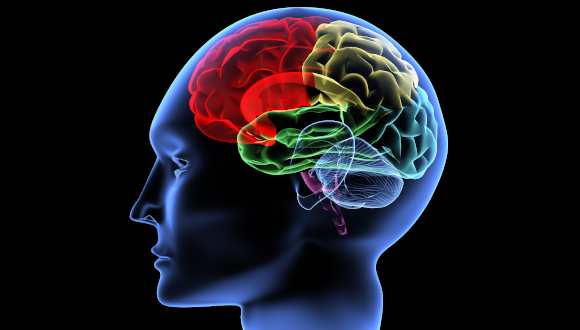Non-invasive brain stimulation of the elderly may improve mobility

TAU research also indicates a reduction in the risk of falls
Support this researchTel Aviv University (TAU) researchers have found that non-invasive, gentle brain stimulation in older adults can improve their ability to walk or stand while simultaneously carrying out a cognitive task, a common dual-task situation that can determine their overall functionality.
The study was led by Professor Jeffrey Hausdorff of TAU’s Sackler Faculty of Medicine, the Sagol School of Neuroscience, and the Tel Aviv Sourasky Medical Center, and Dr. Brad Manor at Harvard Medical School. It was published in the Annals of Neurology, the journal of the American Neurological Association.
The researchers stimulated the dorsal lateral pre-frontal cortex, a cognitive brain area responsible for dividing attention and executive functions. They found that this stimulation significantly reduced the immediate, negative impact of simultaneously standing or walking and completing an additional cognitive task, such as talking on a telephone.
“We hope that a series of treatments will lead to similar positive results over a more extended period,” Professor Hausdorff says. “This therapy method is entirely safe, and we hope that, in time, patients will be capable of treating themselves in their own homes.”
The study cohort included 57 subjects over the age of 70. Each treatment included non-invasive stimulation using a very low-intensity electric current for 20 minutes. Immediately upon the conclusion of the treatment, the walking and standing sway of each subject were evaluated, both with and without requests to perform a cognitive task at the same time.
“Dual tasking that involves walking while simultaneously carrying out a cognitive task, like talking on a cellphone or with a companion, occurs frequently throughout the day,” Professor Hausdorff continues. “The concurrent performance of two tasks requires the ability to split attention.
“We know that among older people, difficulties performing another task while walking or standing reflect an existing and/or a potential problem concerning both functions, as well as an increased risk of falling. A fall can have many severe and undesirable consequences for older adults. We sought to examine the benefits of very low intensity, non-invasive electrical stimulation of various parts of the brain, hoping that this might improve their ability to perform both tasks simultaneously in a safer manner.”
The study showed that stimulation of the cognitive area, whether alone or together with the stimulation of the motor area, reduced the negative effects of the cognitive task on walking and standing stability by about 50%. On the other hand, stimulation of the sensory-motor area alone did not improve the subjects’ performance. Because the stimulation is gentle, it does not activate brain neurons but only increases their excitability; in other words, it facilitates the ability of the patient to activate those neurons in his or her own brain.
“In our study, we demonstrated that a low-level, ’gentle‘ stimulation of a specific cognitive area of the brain can improve the performance of older adults when they carry out the double task of walking or standing in place while at the same time performing a cognitive task, at least within the immediate time range,” Professor Hausdorff concludes. This treatment is safe, and we hope that, in time, people will be able to undergo self-treatment in their own homes. Additionally, we foresee the possibility of combining this type of therapy with exercise and other modes of intervention that can help to improve walking, to enhance thinking, and to reduce the risk of falls. There is evidence that combined therapy could prove to be the most effective solution.”
The study team also included investigators from Harvard University, research and medical institutions in the US and Spain, and the Tel Aviv Sourasky Medical Center (Ichilov). The research was funded by a grant from the US-Israel Binational Science Foundation.